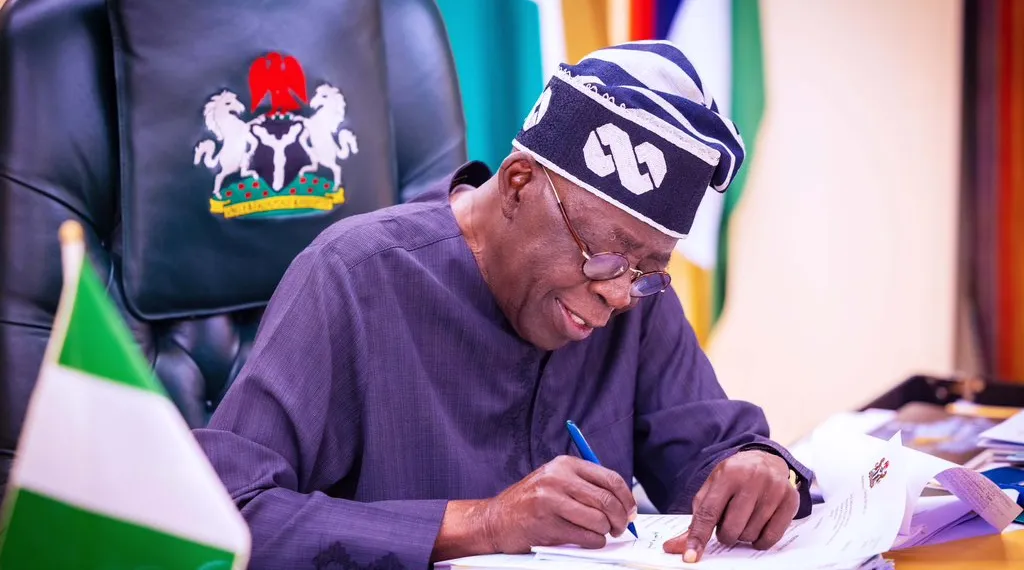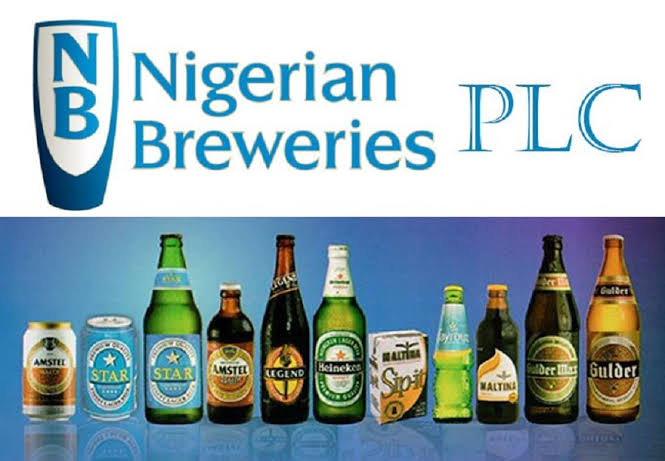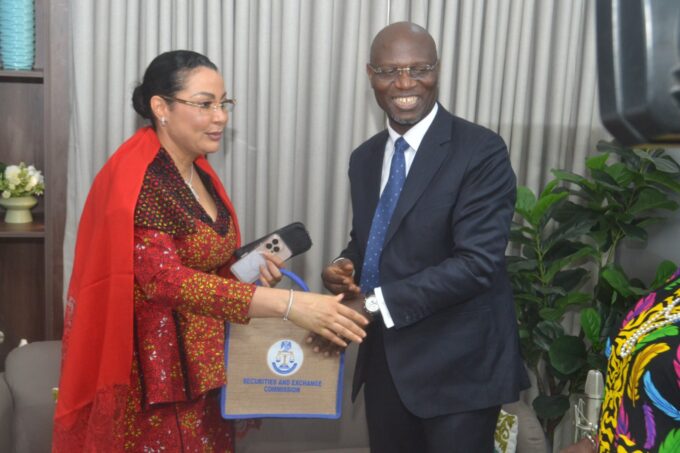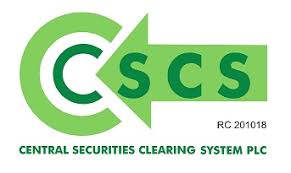· Contracted topline performance: down 27.1% q/q, 11.2% y/y.
· Reduced gross profit margin: down 1395bps q/q, 592bps y/y
· Higher opex/sales ratio: up 764bps q/q, 410bps y/y.
· Loss before tax of N5.07billion in Q3 2018 against a Profit before tax of N12.30billion and N369million in Q2 2018 and Q3 2017 respectively.
Nigerian Breweries Plc reported its Q3 2018 scorecard last week. The result was reflective of increased competition in the brewery space, weak consumer spending and the impact of excise duties, which negatively weighed in on bottom line performance.
As a result, the company published a loss before tax of N5.07billion, the first in recent times, following the 11.2% y/y decline in topline and 26.5% y/y contraction in gross profit, which offset the 54.0% y/y decline in net finance cost.
Topline Remains Pressured
The reported Q3 2018 result suggests that competition may have started to intensify in the brewery space as expected. Although the company has continued to record negative y/y topline growth since the start of the year, the 11.2% y/y decline in Q3 2018 to N65.40billion came in the highest thus far. This may also be a reflection of the impact of the implemented excise duty in June 2018 on volume, as NB took price increases on some of its brands while some of its competitors, particularly International Breweries, kept prices unchanged. According to its parent company, Heineken, beer volume declined high-single digit, largely due to heightened competition as well as weak consumer spending. However, the eventual reversal of the price increases taken on some of its brands, particularly on its Life and Goldberg brands in July 2018, in order to remain competitive may have aided the 592bps y/y reduction in Q3 2018 gross profit margin to 28.5% amidst input cost pressure.
On a sequential basis, sales were down by 27.1%. Although the q/q decline in sales was largely expected, as third quarter is usually a weak period for the brewer, we highlight that the reduction in sales was further deepened by heightened competition as well as lower volume resulting from price increases taken on some of the company’s brands to reflect the implemented excise duty in June 2018.
Opex/Sales Ratio Remains High
Although operating expenses were relatively flat y/y, printing at N22.73billion, Q3 2018 opex/sales ratio increased by 410bps y/y to 34.8%, largely due to weak topline performance. We observed a 5.5% y/y increase in the company’s marketing and distribution expenses, which suggests its drive to grow volume amidst heightened competition. The combined impact of the rising opex/sales ratio and declining gross profit margin led to an operating loss of N3.9billion in the quarter.
Silver Lining: Lower Net Finance Cost
Although total debt outstanding rose 41.1% y/y to N39.65billion in Q3 2018, finance charges declined by 33.6% q/q and 54.0% y/y, offsetting the 89.6% q/q and 50.4% y/y reduction in finance income and supporting a decline in net finance cost by 27.4% q/q and 54.0% y/y to N1.20billion. While we await management clarification on this, we suspect the moderation in finance cost in the quarter may be due to the lower yield environment, which averaged 13.6% in Q3 2018 compared to 21.7% in Q3 2017.
Cash Conversion Ratio, A Source of Concern
Although the company’s working capital may continue to see support from the recently launched N100billion commercial paper programme in 2018 as well as through its revolving credit facilities with five Nigerian banks, with an approved limit of N6.00billion to N15.00billion with each of the banks, its ability to convert its operations to cash remains a potential source of concern as the cash conversion ratio declined to 16.5% in 9M 2018, from 42.2% in 9M 2017. This was majorly driven by the N8.06billion y/y increase in inventory as well as the massive pay back of N28.89billion for trade payables in 9M 2018.
In the near term, we expect consumer spending to see improvement from election spending, potential review in the minimum wage as well as acceleration in the implementation of the 2018 budget, which may bode well for topline performance.
However, topline growth may be moderated given the intense competition, especially from International Breweries Plc. Furthermore, margin may remain pressured given the price reversal taken on some of its value brand.
Our pricing model is under review.
Nigerian Breweries Plc Q3 2018/ 9M 2018 figures. YE: DEC (N ‘millions)
Q3 2018
Q/Q
Y/Y
9M 2018
Y/Y
Net revenue
65,406
-27.1%
-11.2%
238,066
-6.5%
Cost of Sales
-46,772
-9.4%
-3.2%
-143,350
-3.0%
Gross Profit
18,634
-51.0%
-26.5%
94,715
-11.4%
Gross margin
28.5%
-1395bps
-592bps
39.8%
-218bps
OPEX
-22,737
-6.5%
0.7%
-67,632
1.5%
OPEX/Sales
34.8%
764bps
410bps
28.4%
225bps
Net Finance cost
-1,200
-27.4%
-54.0%
-5,267
-33.1%
PBT
-5,074
-141.3%
-1474.4%
22,474
-34.7%
PBT margin
-7.8%
-2147bps
-826bps
9.4%
-408bps
Tax
1,429
135.1%
1407.6%
-7,685
-26.2%
Tax rate
28.2%
-492bps
-144bps
34.2%
394bps
PAT
-3,645
-144.3%
-1502.6%
14,790
-38.4%
PAT margin
-5.6%
-1475bps












